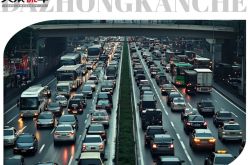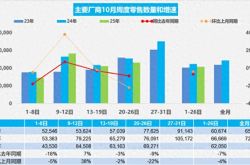Final Verdict | Q4 Auto Market Outlook: Continued Growth is a Foregone Conclusion
![]() 10/09 2025
10/09 2025
![]() 545
545
Today is the first working day after the National Day holiday and marks the start of the fourth quarter. Three-quarters of 2025 have already elapsed, and in less than three months, we'll be ushering in the brand-new year of 2026. The domestic auto market has witnessed a roller-coaster ride in the first three quarters of this year. The rampant "cut-throat competition" through internal rivalry at the beginning of the year has gradually been reined in. The frenzied price wars and cut-throat low-price competition have also been brought to a standstill. Although the car sales statistics for September haven't been released yet, judging from the sales figures announced by major automakers, this year's auto market "Golden September and Silver October" has shown immense promise. The total car sales volume (including exports) for the first three quarters of this year is expected to hit a record high.
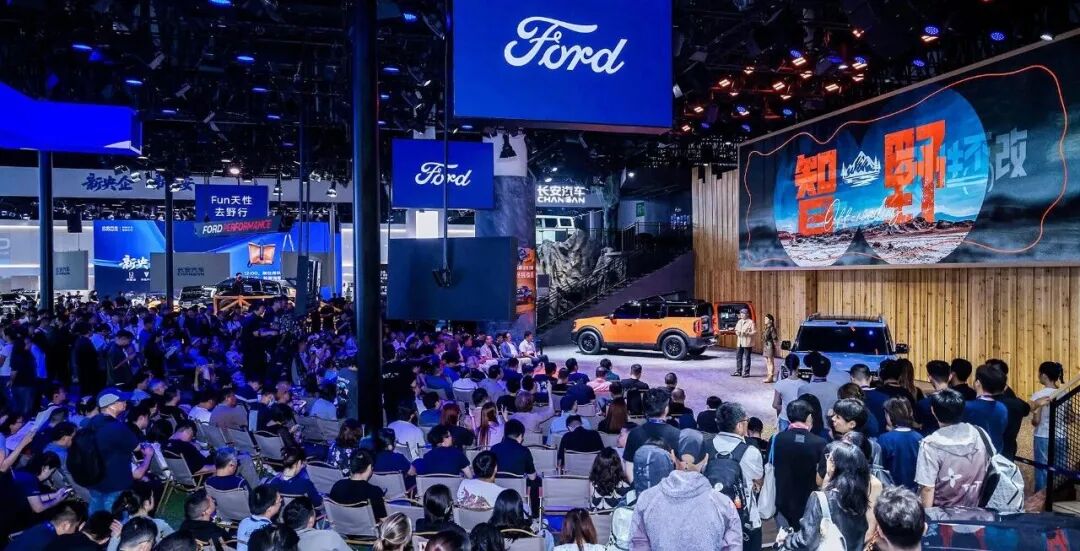
According to relevant statistics, car sales in the first eight months of this year have seen double-digit growth in both overall and domestic sales, a trend that persisted in September. The fourth quarter will encompass the latter half of the "Golden September and Silver October" period, along with the year-end sales rush. Moreover, the preferential purchase tax on new energy vehicles will be reduced next year. All these factors are set to contribute to a favorable auto market in the fourth quarter. Since the start of this year, a slew of policies have been rolled out from the central to local levels to spur automobile consumption, effectively driving up car sales. The reduction or exemption of purchase taxes on new energy vehicles has directly saved consumers at least several thousand yuan in car purchase costs. Various regions have introduced subsidies for trading in old vehicles for new ones, offered discounts for car replacements, increased quota allocations in cities with purchase restrictions, and eased access for new energy vehicles, all of which have unlocked incremental market space. These profit-sharing measures have effectively lowered the bar for car purchases and stimulated consumers' willingness to buy. The comprehensive recovery of the automotive supply chain system has provided solid backing for automakers to ramp up production. After enduring the pain of chip shortages over the past two years, domestic automotive component suppliers have completed strategic adjustments, accelerating the process of substituting key components with domestic alternatives. The dynamic inventory early warning mechanism established between automakers and suppliers has enabled production plans to respond more flexibly to market demand fluctuations. Currently, the chip supply satisfaction rate for mainstream automakers has soared to over 95%, and the prices of raw materials such as battery-grade lithium carbonate have returned to reasonable levels. This improvement in supply-demand relationships is not only reflected in shortened delivery times but, more importantly, has enabled automakers to introduce more competitive configuration versions, attracting consumers through a "more for the same price" strategy.
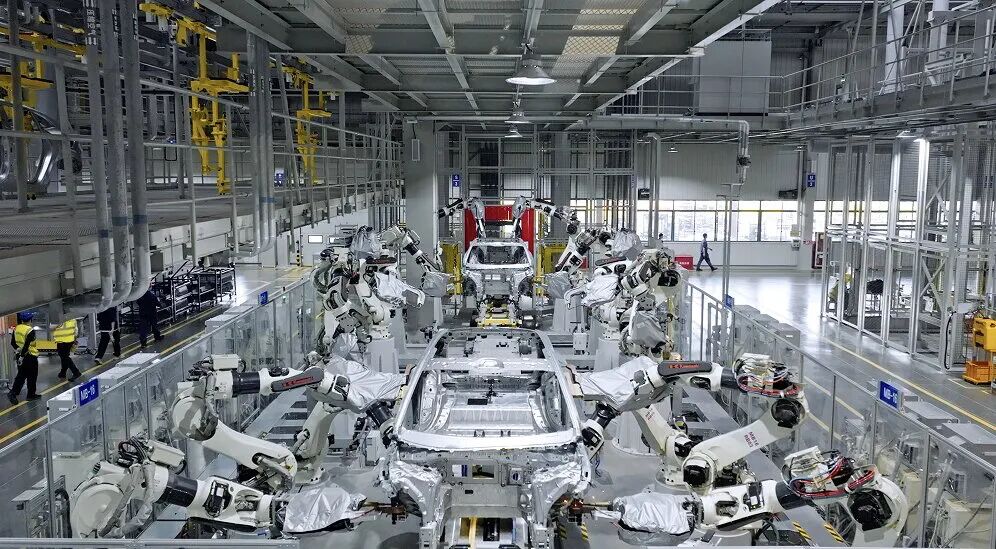
The iterative upgrades in product matrices are reshaping consumers' choice logic. The new energy vehicle sector is displaying a diversified development trend: pure electric models with a range exceeding 700 kilometers have become the norm, and ultra-fast charging technology enables "five-minute charging for a hundred-kilometer range"; plug-in hybrid models cover more application scenarios with their dual fuel and electric capabilities; extended-range electric vehicles have carved out a niche market with their range anxiety-free features. Traditional fuel vehicle sectors are also holding their own, with models equipped with the latest hybrid systems achieving a perfect balance between power performance and fuel efficiency. The anticipated shift in consumer psychology has formed a hidden pillar supporting the strength of the auto market. After three years of the pandemic, the public's perception of travel modes has undergone profound changes, with private cars transforming from optional consumer goods to essential carriers. Young consumer groups exhibit unique consumption characteristics: they place greater emphasis on the design aesthetics and social attributes of vehicles and are willing to pay a premium for personalized features; family users prioritize safety and spatial practicality, with seven-seat MPVs and mid-to-large SUVs becoming the top choices for trade-ins. Although overall domestic consumption remains sluggish, the automotive market stands out as an exception. Leveraging its vast population base, rapid urbanization process, and continuously improving consumption capacity, the Chinese auto market continues to maintain a growth rate rarely seen globally. According to a World Bank report, China's per thousand person car ownership has not yet reached the average level of developed countries, indicating at least another five-year window for growth.
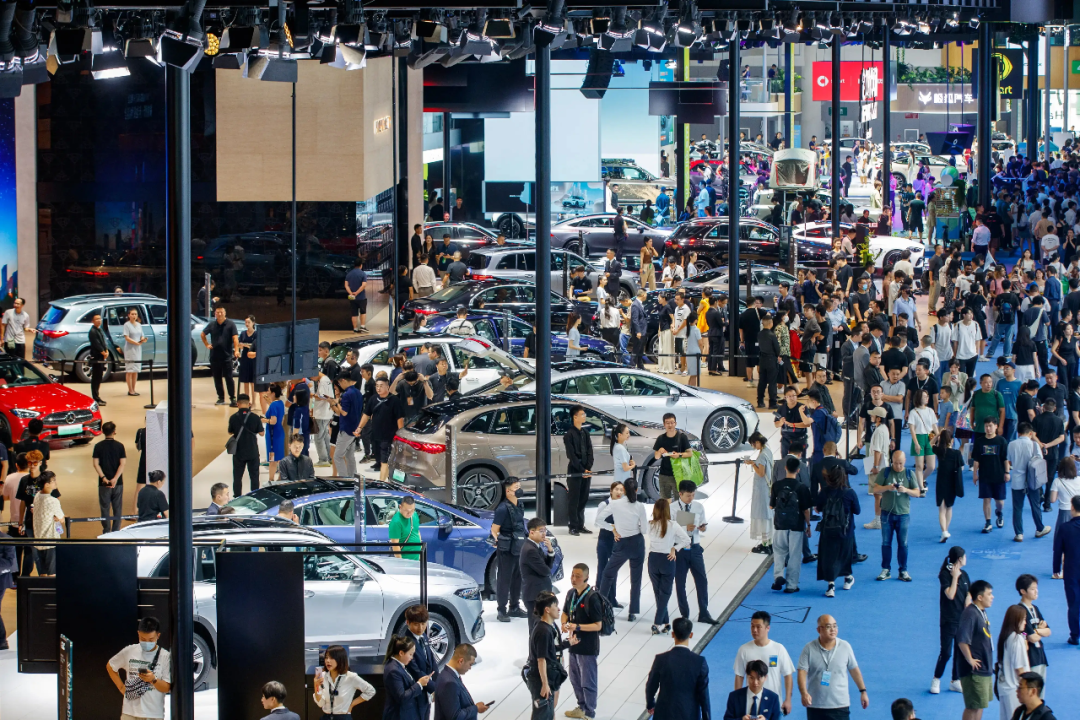
Looking ahead to the fourth quarter, traditional sales peaks such as the National Day Golden Week and Double 11 Shopping Festival, combined with the year-end sales rush, will present the domestic auto market with its last burst window of the year. Major automotive brands launched over 50 new or annual models in September alone, with the vast majority being new energy models, striving for better performance in the fourth quarter. Starting from January 1, 2026, the policy of exempting new energy vehicles from purchase taxes will be adjusted to a 50% reduction. This policy shift is expected to prompt many consumers planning to buy cars next year to make their purchases earlier, thereby driving sales growth in the fourth quarter. Some analysts believe that the growth in Chinese auto sales over the past few years has mainly been driven by rapid export growth, with domestic sales yet to reach the peak seen in 2017. However, 2025 may break this trend. (The End)


